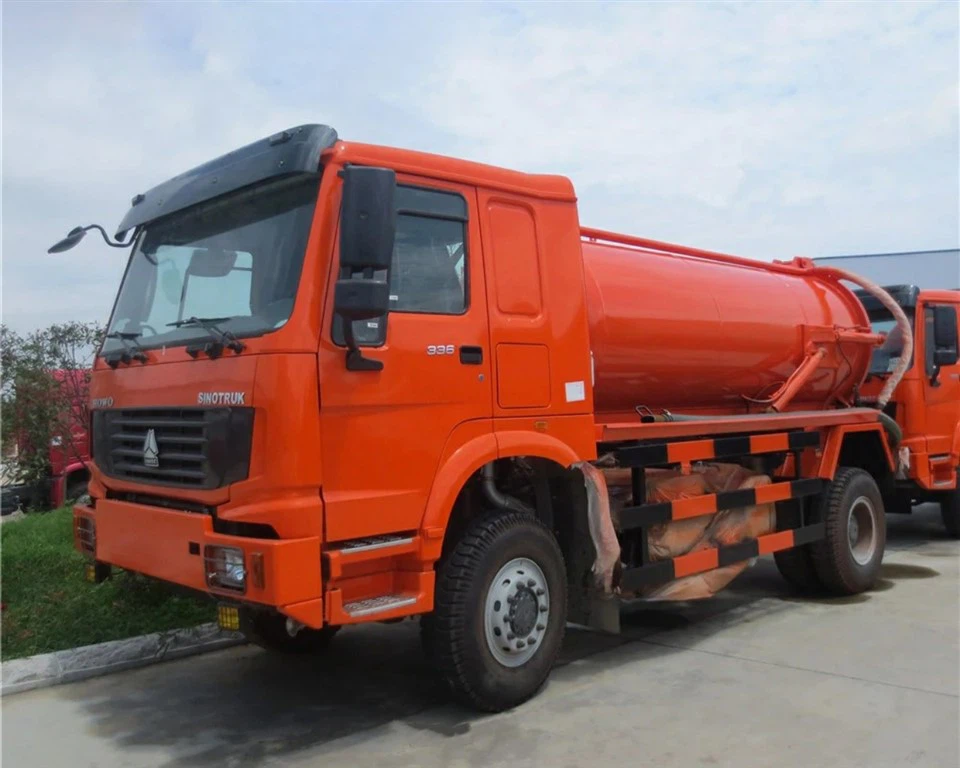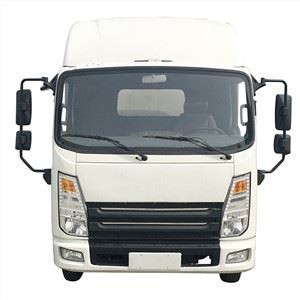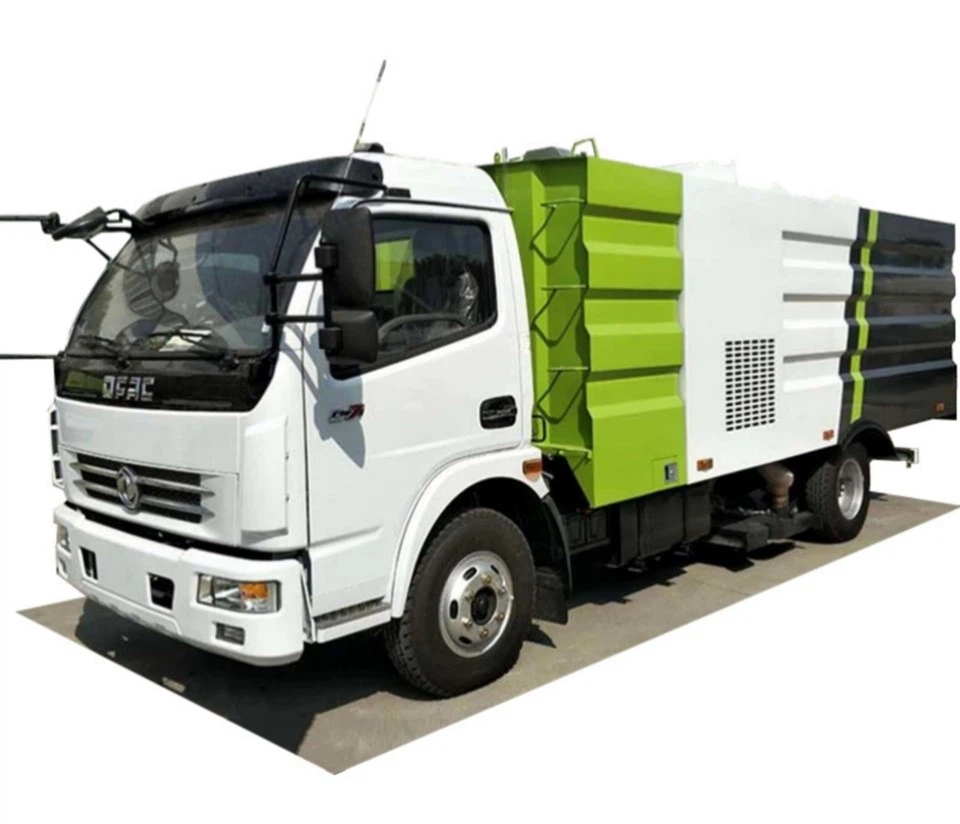Understanding Petroleum Delivery Trucks: A Comprehensive Guide

Introduction
Petroleum delivery trucks play a crucial role in the transportation of fuels, ensuring that homes, businesses, and industries have access to the energy needed to operate efficiently. This extensive guide will explore various aspects of petroleum delivery trucks, from their design and operation to safety standards and industry regulations. Whether you’re a transport manager, a business owner, or simply curious about how petroleum is delivered, this article will provide valuable insights.
1. What Are Petroleum Delivery Trucks?
Petroleum delivery trucks are specialized vehicles designed to transport various types of petroleum products, including gasoline, diesel, and heating oil. These trucks are engineered to handle the unique demands of delivering hazardous materials safely and efficiently.
1.1 Types of Petroleum Delivery Trucks
- Tank Trucks: These trucks are equipped with large, cylindrical tanks for transporting liquids.
- Bobtail Trucks: A smaller version of tank trucks, bobtails are often used for local deliveries.
- Transport Trailers: These vehicles connect to a tractor unit, allowing for larger quantities of fuel to be transported over long distances.
1.2 Key Components of Petroleum Delivery Trucks
| Component | Description |
|---|---|
| Tank | The main body of the truck, designed to hold liquid fuels. |
| Pump System | Used to transfer the fuel from the truck to storage tanks or other systems. |
| Hoses and Nozzles | Flexible tubes and devices that enable safe dispensing of fuel. |
| Safety Features | Includes emergency valves, spill containment, and grounded equipment to prevent static ignition. |
2. The Role of Technology in Petroleum Delivery
The petroleum industry has embraced modern technology to enhance the efficiency and safety of fuel delivery. GPS tracking, telematics, and automated systems have revolutionized how petroleum delivery trucks operate.
2.1 GPS Tracking and Fleet Management
GPS systems allow companies to monitor their trucks in real-time, tracking routes and optimizing fuel delivery schedules. This technology minimizes fuel waste, reduces delivery times, and helps deliver customer satisfaction.
2.2 Telematics Systems
Telematics combines GPS technology with vehicle diagnostics, enabling operators to measure truck performance. Data collected can lead to improved maintenance schedules, better fuel efficiency, and enhanced safety protocols.

3. Safety Standards and Regulations
Given the hazardous nature of petroleum products, safety is paramount in the transport of fuels. Various governmental and industry standards are in place to ensure the safety of petroleum delivery trucks.
3.1 Key Regulatory Bodies
- Federal Motor Carrier Safety Administration (FMCSA): Governs the transportation of goods across state lines.
- Environmental Protection Agency (EPA): Sets regulations to protect the environment from petroleum spills.
- National Fire Protection Association (NFPA): Establishes guidelines for fire safety in fuel transport.
3.2 Best Practices for Safety
- Conduct regular maintenance checks on trucks.
- Train drivers in safe fuel handling practices.
- Implement spill response plans.
4. Cost Considerations for Petroleum Delivery Trucks
The cost of operating petroleum delivery trucks can vary widely based on several factors, including fuel prices, maintenance costs, and technological investments.
4.1 Operating Costs
| Cost Type | Estimated Monthly Cost |
|---|---|
| Fuel | $2,000 – $8,000 |
| Maintenance | $500 – $2,000 |
| Insurance | $300 – $1,500 |
| Salaries | $3,000 – $10,000 |
4.2 Reducing Costs
Companies can reduce costs by investing in fuel-efficient trucks, implementing route optimization software, and maintaining their vehicles regularly to avoid costly repairs.
5. Key Players in the Petroleum Delivery Industry

The petroleum delivery industry comprises various stakeholders, including oil producers, logistics companies, and independent distributors.
5.1 Major Oil Companies
Companies such as ExxonMobil, Chevron, and BP are significant players in oil production and often have their fleets for distribution.
5.2 Independent Distributors
Smaller independent distributors often focus on local markets and niche services, providing flexibility and personalized customer service.
6. Future Trends in Petroleum Delivery Trucks
As the demand for cleaner energy sources increases, the petroleum delivery industry is evolving. Key trends include electrification of delivery trucks, automation, and stricter environmental regulations.
6.1 Electrification of Fleet Vehicles
With technological advancements, electric heavy-duty trucks are becoming a viable option for fuel delivery, potentially reducing greenhouse gas emissions.
6.2 Automation and Robotics
Automation in the logistics and fuel industry is expanding. Autonomous trucks may soon play a role in fuel delivery, albeit with regulatory and safety considerations needing attention.
7. Practical Tips for Managing Petroleum Delivery Operations
7.1 Driver Training and Management
Investing in comprehensive training programs for drivers can minimize accidents and spills. Regular assessments and refresher courses are advisable.
7.2 Emergency Preparedness

Having an emergency response plan in place is critical. This plan should include spill remediation procedures and contact numbers for local emergency services.
8. Frequently Asked Questions (FAQs)
8.1 What is a petroleum delivery truck?
A petroleum delivery truck is a specialized vehicle designed for transporting various petroleum products, such as gasoline, diesel, and heating oil.
8.2 What safety features do these trucks have?
These trucks typically include emergency valves, spill containment systems, GPS monitoring, and fire suppression systems to ensure safety during transport.
8.3 How can companies reduce the costs associated with petroleum delivery?
Companies can minimize costs by optimizing routes, maintaining their fleets regularly, and investing in fuel-efficient vehicles.
8.4 What regulations govern petroleum delivery trucks?
Regulations are set by various bodies, including the FMCSA, EPA, and NFPA, ensuring safe and environmentally friendly transport of fuels.
8.5 Are there technological innovations shaping the future of petroleum delivery trucks?
Yes, innovations such as electrification, automation, and GPS tracking systems are prominently reshaping the industry.
8.6 How do petroleum delivery trucks manage emergency situations?
Petroleum delivery companies are required to have emergency response plans and conduct regular drills to prepare for spill incidents or accidents on the road.
